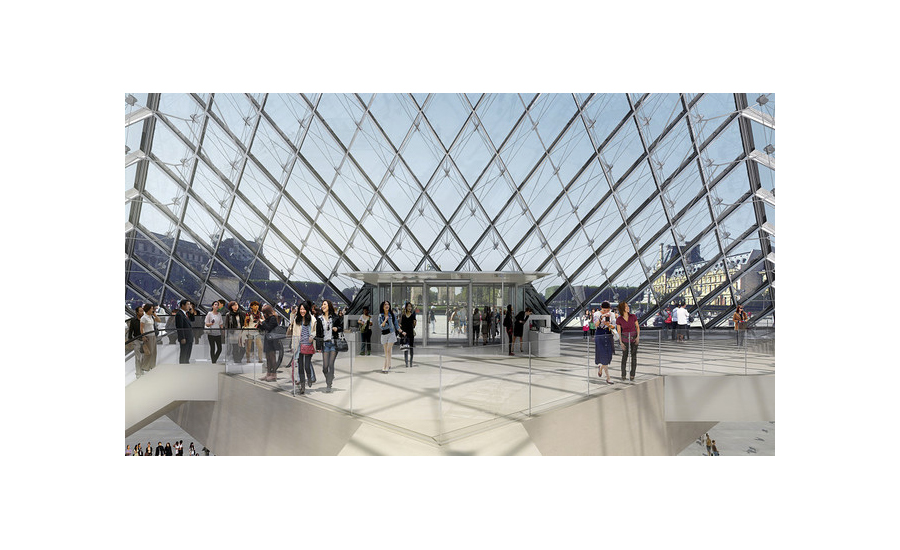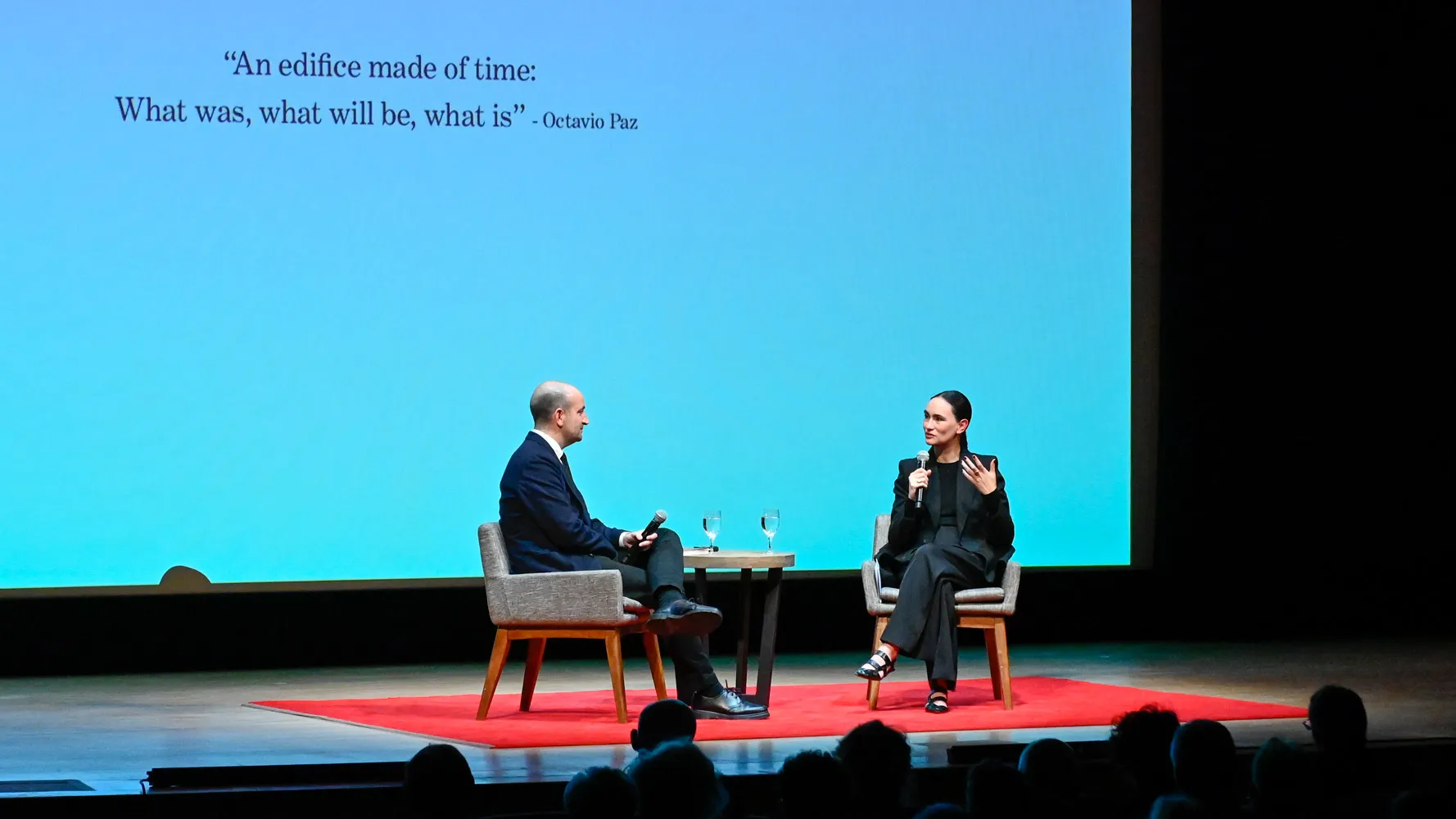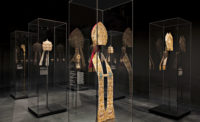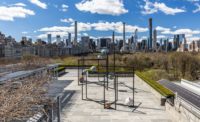The Metropolitan Museum of Art has an entrance problem: There is only one route into the sprawling Beaux-Arts building—from Fifth Avenue—which means not only that its lobby is often unpleasantly crowded, but also that there is little connection between the Manhattan museum and its backyard, Central Park.
But that will likely change when the Met’s new galleries of modern and contemporary art are completed later this decade. According to Thomas P. Campbell, the Met’s director, “One of my highest priorities in the renovation is to provide an entrance from the park.” A “back” entrance would allow visitors to spend time in the museum, visit the park, and then reenter the museum—without having to walk around the 2 million-square-foot building. The galleries will replace the Lila Acheson Wallace Wing, designed in the 1980s by Kevin Roche of Kevin Roche John Dinkeloo and Associates, and are expected to be completed around 2020. (Three firms, all with museum experience, are said to be competing for the job.) Marcel Breuer’s Whitney Museum building, which the Met is now leasing, will house modern and contemporary art at least through the construction period.
The Louvre, which surpasses the Met in visitors, also has an entrance problem. Its famous portal, the pyramid designed by I. M. Pei, was completed in 1989, when the museum had fewer than 5 million visitors a year; now it gets almost twice that number. The Louvre’s director, Jean-Luc Martinez, who took over in 2013, has set in motion a plan to relieve crowding around and below the pyramid. The scheme, divided into 12 stages and expected to take about three years, involves replacing causes of bottlenecks, including revolving doors (with sliders) and manned coat checks (with automated lockers). The renovation was designed by the 15-person Paris firm Agence Search, with its New York-born associate Brina Goldfarb as project architect.
The Louvre didn’t forget about Pei. “His approval was important,” said Goldfarb, who added that the renovation plans have been presented to Chien Chung Pei, I.M.’s architect son, “on multiple occasions.” “My father has entrusted me to make sure that his ideas are fully respected,” said Chien Chung Pei. (I. M. Pei is now 97.)
But there was never any doubt that the pyramid would be preserved. “The Louvre is the only museum in the world whose entrance is considered a work of art,” said Martinez, a bit hyperbolically. As for the space below the pyramid, “if anything, it will be cleaner,” said Chien Chung Pei, noting that remote ticketing technology means that fewer ticket counters are required.
Back in New York, the Met isn’t the only museum with designs on a new back entrance. Since December, the Cooper Hewitt Smithsonian Design Museum has sported a new entrance through its garden, marked by a Diller Scofidio + Renfro canopy. The Museum of Modern Art, now planning an expansion by the same firm, may similarly provide access through its sculpture garden, which for many years had been reachable only through the museum. “We are reviewing various options for the sculpture garden access as part of the overall design for the expansion,” said a spokesman.
And the American Museum of Natural History will gain at least one entrance as part of a six-story addition planned for the west side of its property. That addition is expected to cost some $325 million and will be designed by Chicago’s Studio Gang Architects.






Post a comment to this article
Report Abusive Comment